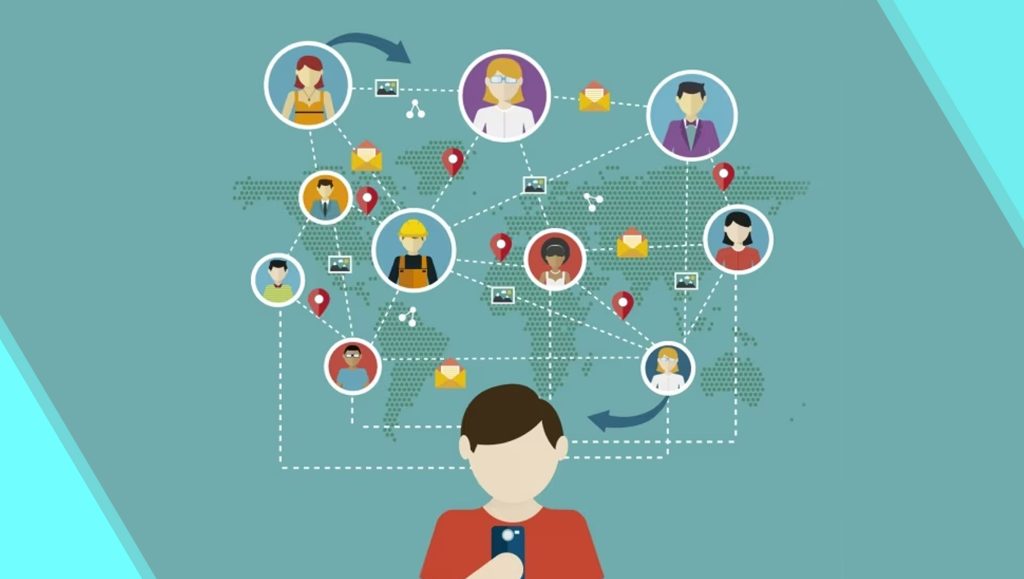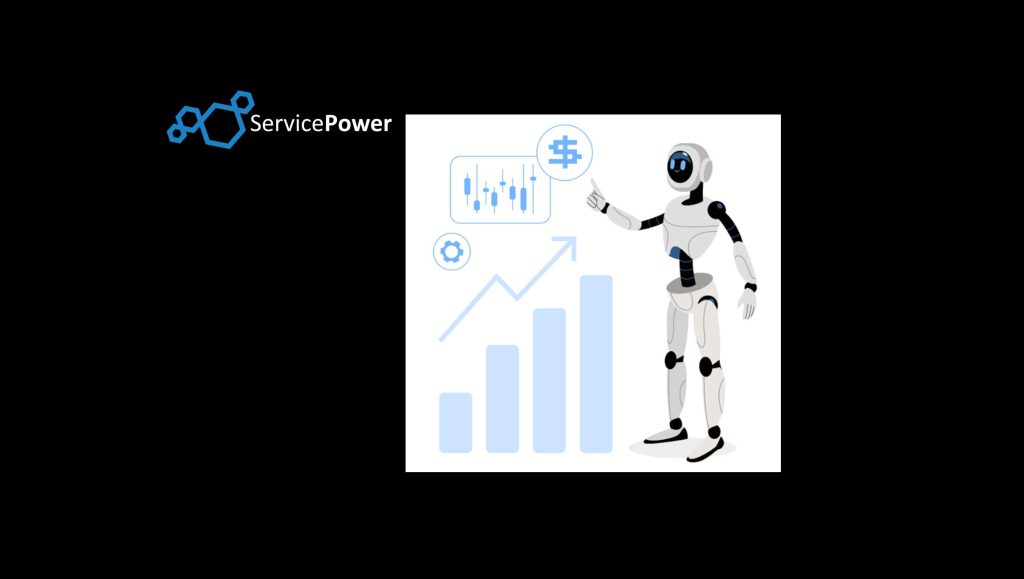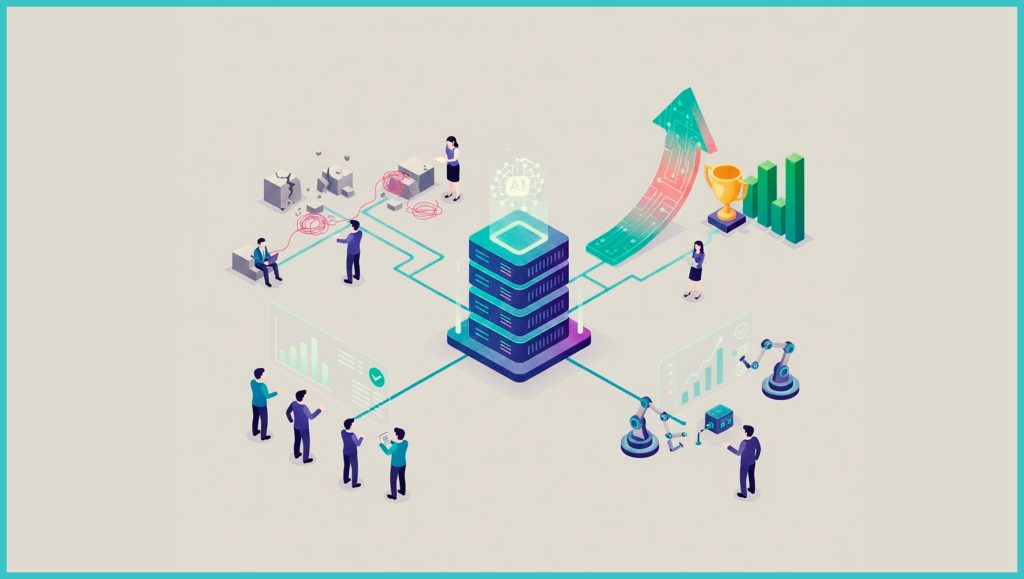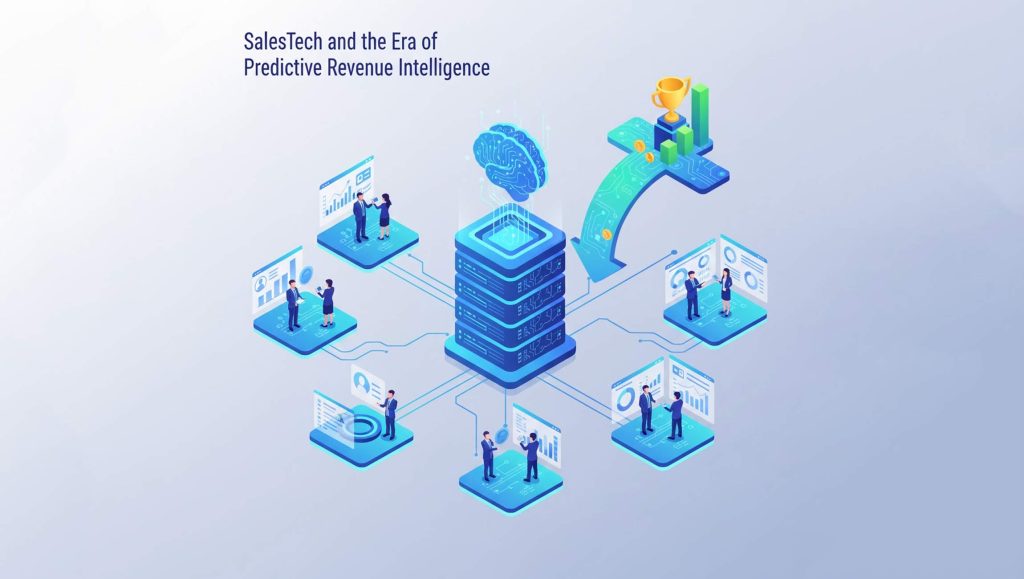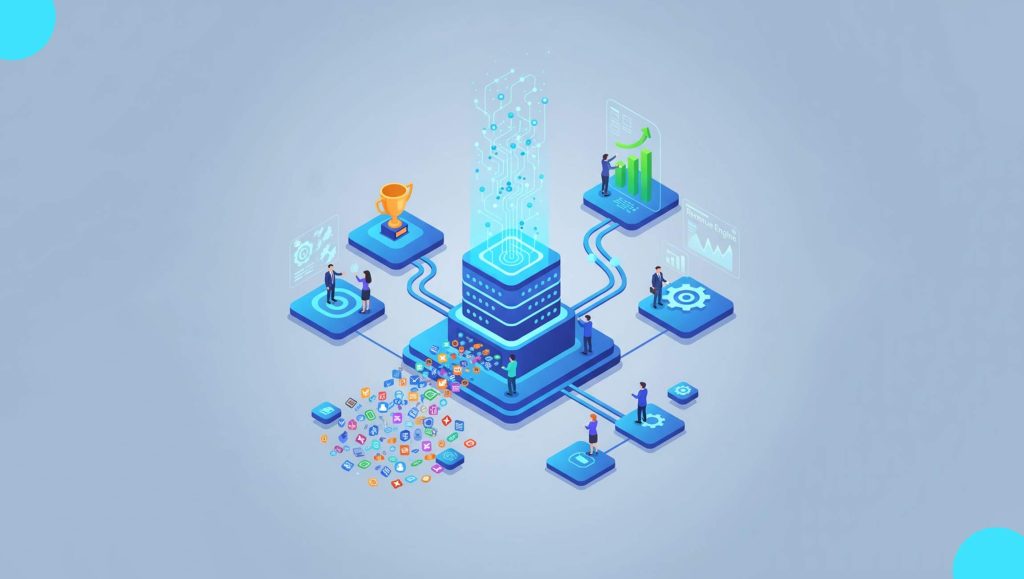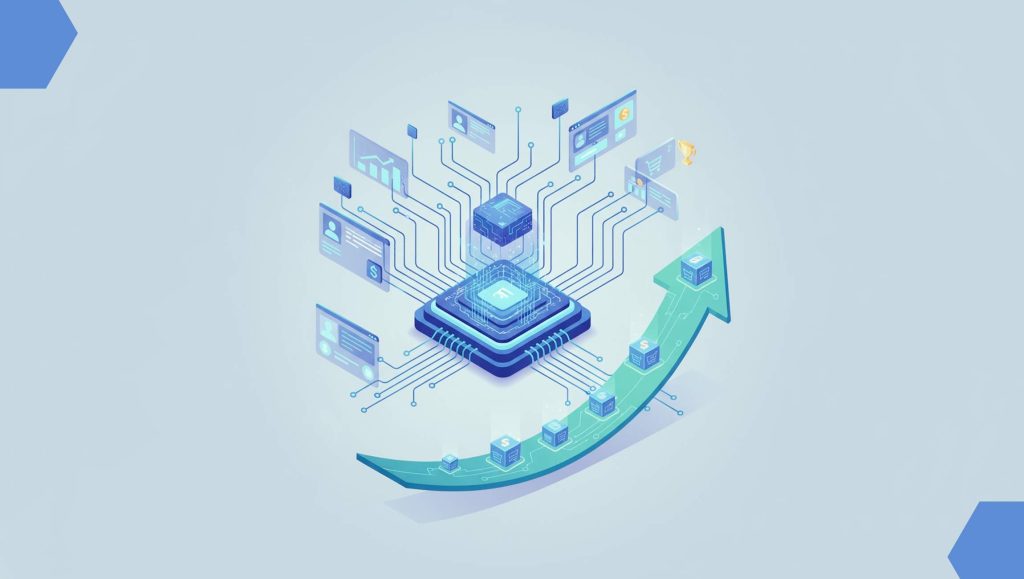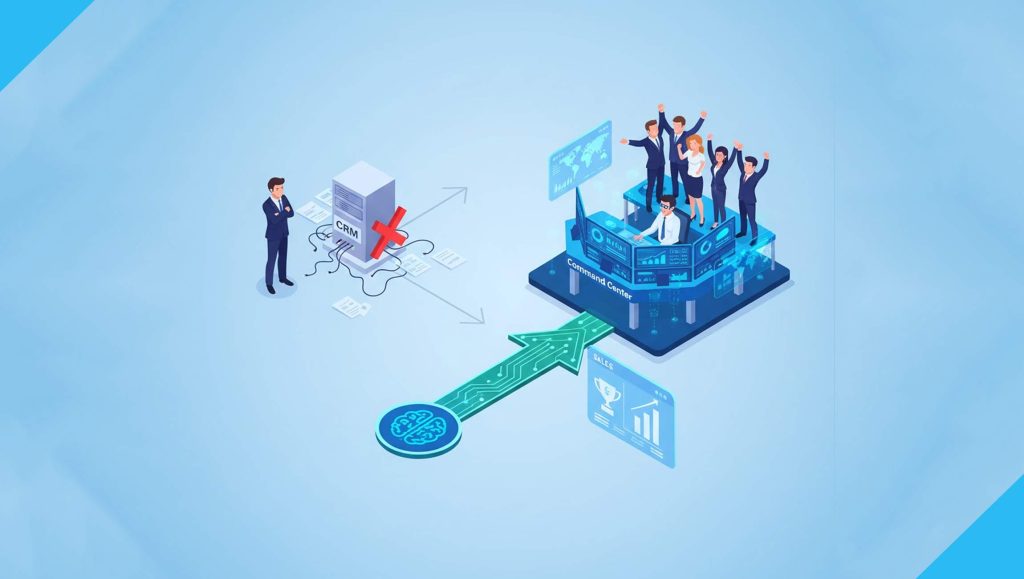In both B2C and B2B markets, creating a more customer-focused experience has become a top concern for digital marketers from various industries. Personalization is essential to any digital marketing plan since consumers are increasingly irritated with firms that don’t cater content to their interests. But that doesn’t imply that it’s simple. Here are several ways your company could prioritize personalization and some strategies for doing so on a large scale.
1. Begin with Data
Technology developments have allowed marketers to gather more customer-specific data than ever before. The drawback to this is that there is a lot of data available, and to make that data relevant; you need to have the appropriate tools and procedures in place. In a recent Forbes Insights survey on customization, 48% of marketers see poor data quality as one of the main obstacles to successful customization. You may receive no results or even damage your business if you create material based on false information or presumptions.
2. Establish Customer Personas
Once you’ve gathered enough information about your existing and future customers, you may divide your audience into different groups, such as gender, age, location, income, problems, interests, and purchasing patterns. Check out your present consumers’ demographics and behavioral patterns. Recognize their difficulties and pain points. The same applies to potential clients. You can consider the material that will appeal to those personas once you clearly understand both groups’ interests and demands at each point of the buyer’s journey.
3. A Road Map for the Content
You may develop a content roadmap targeting various customer personas using the data you’ve gathered and examined. Therefore, it is more individualized than a regular collection of generic content. For those in the “Interest” stage, you may produce an instructional or informative infographic; for those in the “Consideration” stage, you might create a live walkthrough or a customer narrative piece. Specific topics, like a Christmas greeting or details on a business event, could be appropriate for several stages and audiences.
4. Create Custom Content
Producing the content is the next stage after designing your content roadmap. Consider having as much of this content as you can create in bulk since you need to have it available to suit a specific consumer’s demands wherever they are. If a customer browses your website and leaves their shopping cart empty, you should be prepared to email them with some customized alternatives and relevant material. After your initial meeting, you can also email a client a link to a video or article that walks them through a product.
5. Customize the Functionality
Beyond content, your company should tailor functionality to enhance customer experience. Your website should automatically fill out fields when you know the customer’s information. They won’t have to spend time choosing their preferences if you remember them. Let website users continue where they left off, even between various devices.
6. Examine, Edit, and Scale
Real personalization through content is a difficult task, and mistakes are common. You should continuously test the efficacy of various strategies to ensure your efforts have the desired effect. To refine your plan for the subsequent batch of material, you can also use the data you get to gain additional insight into your audience. You’ll discover that you can scale your personalization efforts to reach a more extensive audience as you improve your personalization efforts.
Four Marketing Automation Tools for a Scalable Customer Relationship
Listed here are some of the popular marketing automation tools that can help companies maintain scalable customer relationships:
Management Personalization
Your contacts, businesses, and opportunities are centralized in a database. Pipeline Administration keeps track of your business leads as they progress from qualified prospects through all of the stages of your sales to finalized deals. Predicting sales depends on the sales stage and what’s in your pipeline. The likelihood of closing a deal increases as one moves down the funnel.
Automation of Marketing
After setting up your CRM, you can consider launching marketing initiatives. SharpSpring and HubSpot are two options for this that most of us are familiar with. SharpSpring is a software platform that automates email marketing campaigns and scores leads for direct sales, enabling small businesses to stay in touch with their customers by taking advantage of their interests and preferences. A leading provider of online tools for inbound marketing, customer support, and sales, HubSpot also serves as a business coach. The company has a dedicated division called the HubSpot Marketing Team responsible for marketing and sales. Further sophisticated scientific marketing techniques and automation solutions are available for SEO and data-driven results.
Machine learning and artificial intelligence (AI) (ML)
Artificial intelligence (AI) and machine learning (ML) technologies are already available today. AI and ML are rapidly transforming the marketing landscape, producing enormous disruptions. Artificial intelligence (AI) technologies are being used in marketing to make automated judgments based on data gathering, data analysis, and further observations of audience or economic trends that may impact marketing activities. Because speed is crucial in marketing campaigns, AI is frequently used.
Analytics of Data
For data-driven marketing, this is essential. Data analytics focuses on discovering clients matched to your target markets according to their consumer preferences and helps a firm predict consumer behavior and improve customization. Effective marketing analytics enhances decision-making across the board and aids in calculating the return on investment from your marketing activities.
Read More: Top Call Center Technology Trends
Conclusion
The landscape of digital marketing is also rapidly evolving. More and more customers want firms to cater their messaging to them specifically. With a younger generation of tech-savvy customers, more marketers are automating procedures using these technologies. These programs have been created to boost productivity and expand your brand. Decide carefully how to select the automation vendor that best meets your demands if you intend to increase the efficiency of your marketing automation activities.


